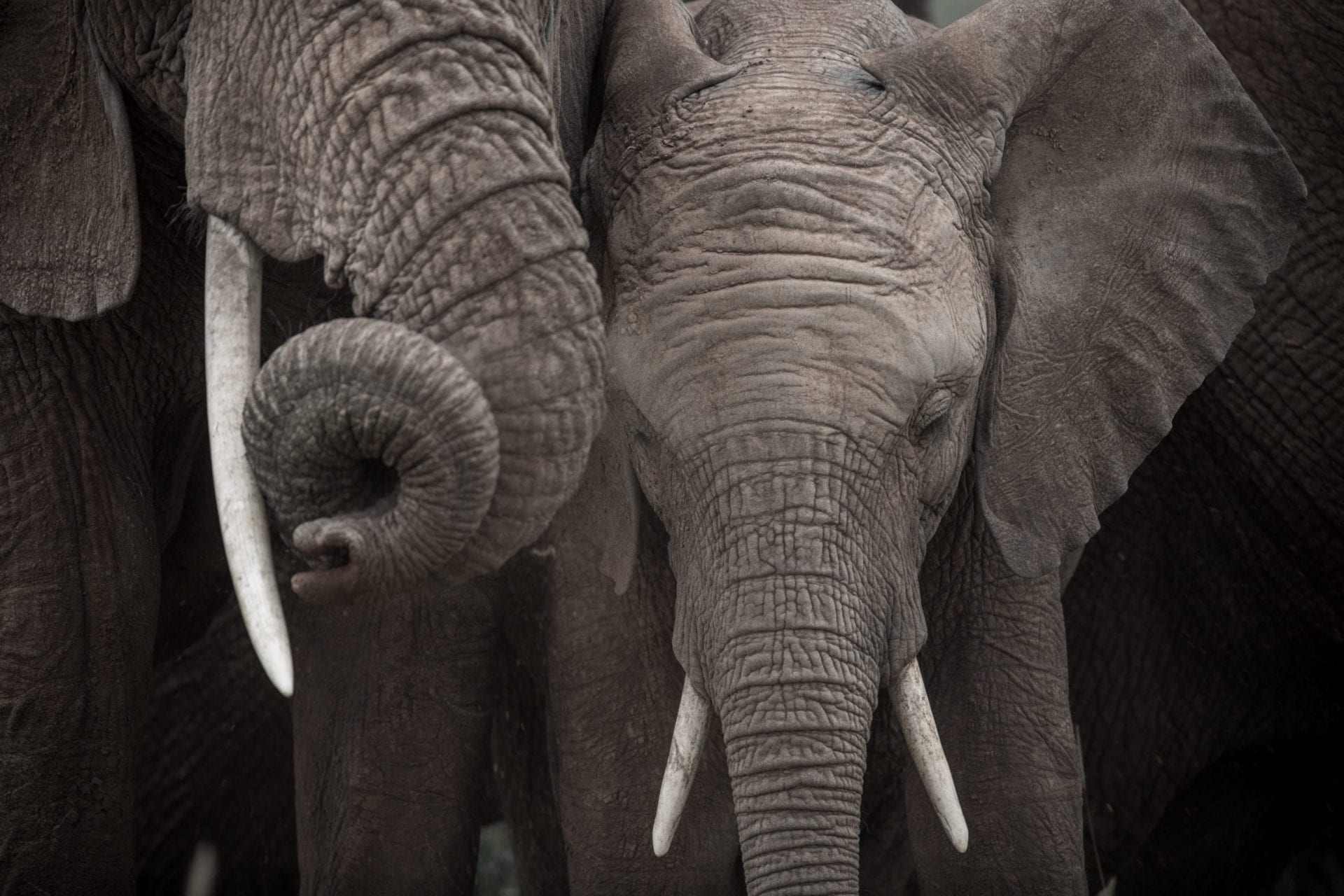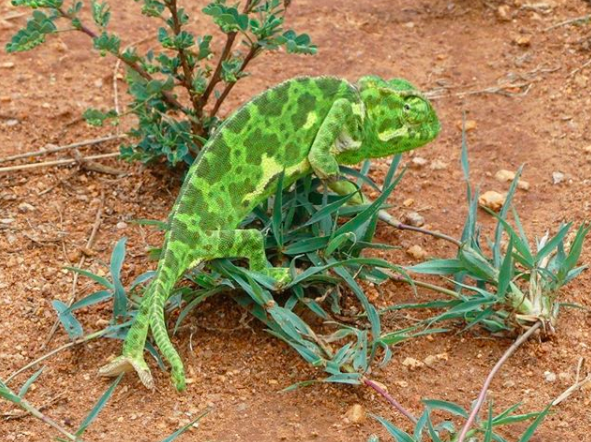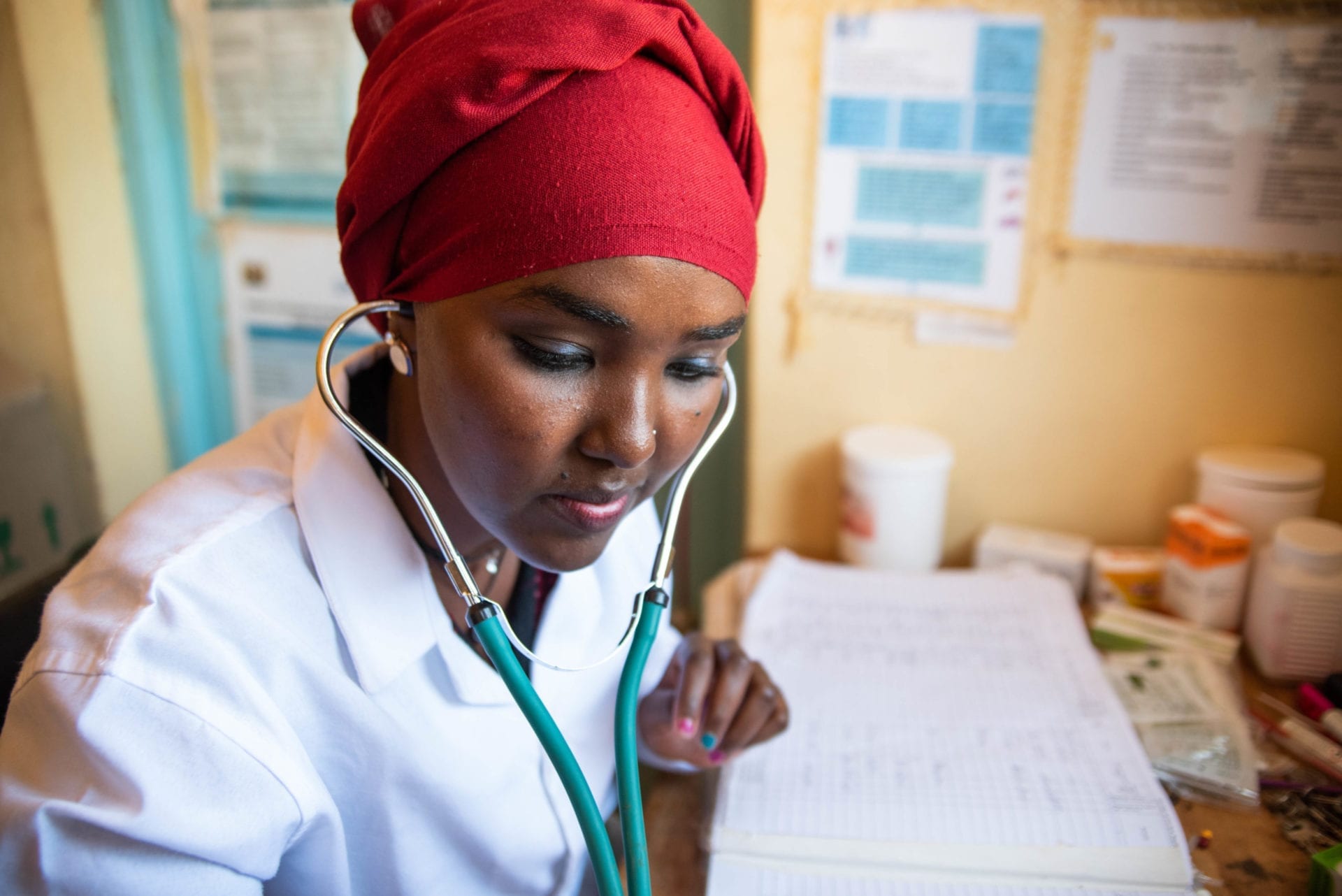For #InternationalWomansDay this year, we are celebrating the women who are critical to our work at Loisaba. Seleina, Stella and Natalie tell us about some of the issues women still face in Kenyan communities and offer words of encouragement to other women…
Seleina Shurake, HR

Tell us a little bit about yourself:
“I am a Human Resources professional with a background in conservation. I’m passionate about conservation, women, young people and building better societies.”
Do you feel like women have disadvantages in Kenya?
“Yes. The number of men and women in Kenya is roughly equal, but the rate of women in the workplace, in parliament and in boardrooms is still very low.”
What are the problems that women face in your community?
“Women are treated like second class citizens in their own community. They face many challenges which include female genital mutilation (FGM), gender based violence and lack of access to clean water and health facilities. I have overcome some challenges. Education empowered me, and now with more knowledge I can make good decisions.”
What can women achieve, if given the chance?
“Women can achieve a lot. It is said that empowering a girl is equivalent to empowering the whole community.”
What message would you like to send other women?
“Education is the only solution to our problems. Your gender does not affect your capability, you are as capable as the next man.”
Natalie Asai, Research

Tell us a little bit about yourself:
“I am from a pastoral community (Maasai), born and raised by a single mother in Laikipia. Growing up as a girl in a pastoralist community was not easy. My father separated from my mother so, as the eldest daughter of five children, I helped my mother at home rather than attend school. I always admired other students in school, and with the help of my older brother and others who saw potential in me I was granted a scholarship and was able to start school.
“My father however, who was against girls having an education, tried to marry me to an older man when I was in class six. It was hard for me to believe that after all he put us through in leaving us, he still had the power to give me away against my will without the need to consult anyone in my family, including me. My brothers and elders in my community helped me by taking me to boarding school and informing authorities of my fathers actions. I was able to finish my schooling, where I learned a lot about conservation and protection of the environment, and when my interest in conservation developed and grew.”
Do you feel like women have disadvantages in Kenya?
“Women are very much disadvantaged in Kenya because it is still believed by many that a woman’s place is in the kitchen, taking care of the children and family. It is extremely hard for a woman to get top positions in Kenya because most professional industries are dominated by men. In some communities like mine, women have been left behind for so long because even with qualifications, people still believe they should just be someones wife.”
What are the problems that women face in your community?
“In Kenya, female poverty is exacerbated by gender-based violence, including early marriages and FGM. Women and girls are vulnerable as they do not have a voice to represent them. I had to overcome the challenge of early marriage at a very young age when my father tried to give me away against my will. My mother had no say as, even though my father had left her, women cannot question their husbands decisions. If it was not for my brother and my scholarships, I would not be where I am today.”
What can women achieve, if given the chance?
“Many things can be achieved by women in Kenya and all over the world if they are given the chance. Zipporah Kinttoy, Professor Wangari Mathai and Tabitha Karanja are all women I look up to for bringing positive impacts to their societies and to the country.
“Hon. Zipporah Kinttoy has immensely contributed to women empowerment in Kenya as one of the longest serving chairpersons of Maendeleo ya Wanawake (“Women’s Development”). During her 11 year tenure, she worked tirelessly to promote economic empowerment and leadership training for women, as well as working on programs to eradicate female genital mutilation.
“Professor Wangari Mathai is an icon for environmental conservation. She is the founder of the green belt movement and is the reason many of us in Kenya believe in conservation today.
“As a lady from the pastoralist community who now works in conservation, I would love to be an agent of change and a role model to the girls in our communities. I would make sure that all girls have the opportunity of an education and help them to understand the importance of conservation.”
What message would you like to send other women?
“The world can be a better place if we stand up and be the change we want to see in the world. Let’s stand up and raise our voices for the less privileged women, especially from pastoralist communities, as they do not have a chance to fight for their own rights. I will always fight for the right of girls because I know what it means to go through those challenges.”
Stella Ekuam, Security

Photo © Roshni Lodhia
Tell us a little bit about yourself:
“My name is Stella. I am from the Turkana tribe in northern Kenya. I started working at Loisaba Conservancy last year as a dog handler.
“Before I joined Loisaba, I worked at another conservancy as a ranger, and was part of the first female anti-poaching unit in East Africa. I have always had a passion to work as a dog handler in security – I love dogs and they take such a big piece of my heart. They are the only creatures on earth that can love you more than they love themselves.
“The security industry is dominated by men. To get to where I am, I attended a three month training course in a team of 25, and I was the only lady. The training taught me to believe in myself as a woman. I gained courage, confidence, determination and also realised that what a man can do, I can do better.
Do you feel like women have disadvantages in Kenya?
“Yes. Women remain underrepresented in decision making. Women and girls in rural areas still spend long hours grazing livestock, collecting firewood and fetching water. This limits attendance in schools and affects the ability to get a job. They have less access to and control over benefits from both education and employment.”
What are the problems that women face in your community?
“Women face many challenges. Lack of education and early marriages, gender inequality, harassment in public places and sometimes even physical abuse in the home. There are also still rules in some areas about how women should dress and talk, which is extremely limiting for women to progress in society.”
What can women achieve, if given the chance?
“Women can have better lives and become independent through access to education.”
What message would you like to send other women?
“That whatever a man can do, a women can do it better!”








































